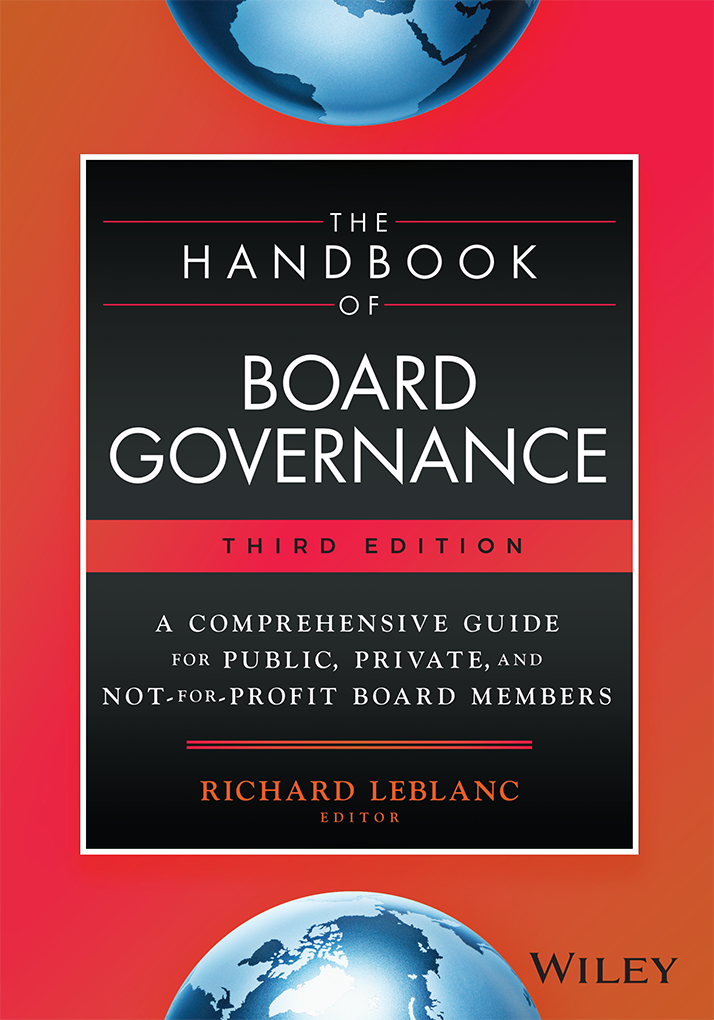It is exceedingly rare for a director to be removed from a board. Only 2% of directors who step down are dismissed or not reelected, according to Stanford researchers. The vast majority of directors are re-elected and continue serving, in other words. Some directors serve on boards for up to twenty or twenty-five years. About a year ago, I counted 30 directors who served on Canada’s five bank boards for more than 9 years. Nine years is the upper limit for independence now in the UK.
A board does not have the power to remove another director, even if that director is performing poorly. If the director digs in and refuses to step down, that director must be replaced at the annual meeting. It is rare for shareholders to remove a director at the meeting if he or she is re-nominated. Only 93 directors failed to win majority support, out of a total universe of some 50,000 directors, as of recent figures.
Shareholders have limited rights to propose or remove directors. A special resolution is needed, if shareholders can demonstrate cause, to remove a director, for example. HP, Yahoo, RIM, Chesapeake Energy and Bank of America – which have lost a combined $353B of shareholder value, are good examples of the difficulty of director removal.
The effect of the above entrenchment mechanisms is that shareholders are essentially shut out of the corporate governance process. They can neither propose nor remove directors without great difficulty and expense. Protracted proxy battles need to occur to force the issue. This is a structural and systemic problem with governance.
The board really polices itself but shareholders should have a greater say, through at a minimum majority voting and not having staggered boards. Approximately half of public companies have staggered boards, which may insulate or entrench management. Each director should come up for election each year and be required to obtain a majority of all votes cast to continue on.
Second, performance of directors should be much more public so shareholders can make a more informed decision when they vote. The UK is the best here (disclosure of director performance) but much more can be done, in the US and Canada for example.
Third, a tenure limit of 10-12 years at the long end makes sense. The UK, Hong Kong and Singapore have a 9-year limit. There should be an outer limit as this would help turnover, diversity and limit entrenchment. Ten years is a good number to retain institutional memory but not have a life-time appointment. The Ontario Securities Commission (OSC) in Canada should give serious consideration to the effect of prolonged tenure on independence.
Fourth, the tenure of directors should be linked by the nominating committee to the peer review. Canada started peer review of directors in 2005 and was one of the leaders here. Now other countries are following but the next step is linking the results of the peer review to continued tenure. Boards know who the non-performers are but they should receive guidance from the OSC that it is good to link peer review to re-nomination. The OSC should also consider this, as it would address non-performance. Also, the board knows the board best.
Retirement age, if needed, could be 72-75 as the population is growing older, but boards may not need retirement ages if they have all of the above. And the research doesn’t support age and effectiveness. You can be 63 and ineffective and 74 and very effective.
So, greater performance information, majority voting, no staggered boards, a greater say by shareholders, a tenure upper limit of 10 years, and linking re-nomination to peer review, are all practices that would enhance governance transparency, quality and accountability.
Posted by Richard Leblanc on Jul 15, 2012 at 6:56 pm in Shareholder Accountability |












